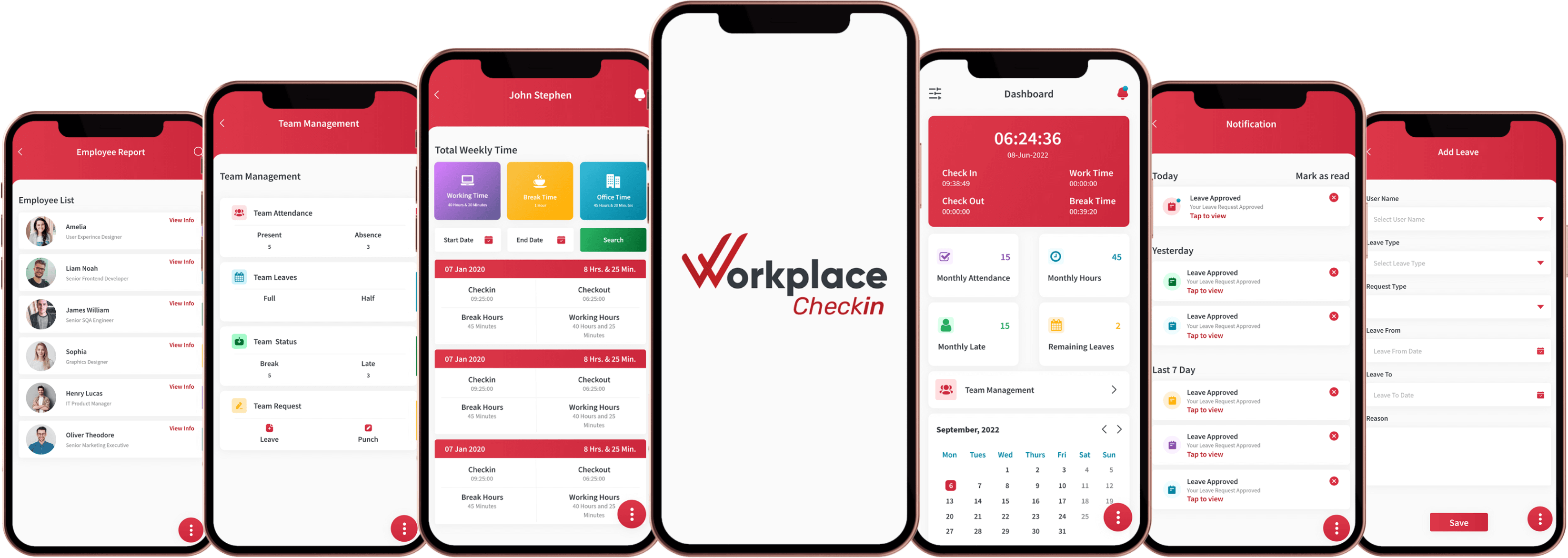

The Role of Cultural Intelligence in Hybrid Work Environments
As organizations continue to adapt to hybrid work environments, where employees split their time between remote and in-office work, the importance of cultural intelligence (CQ) has become increasingly evident. Cultural intelligence is the ability to understand, appreciate, and interact effectively with people from different cultural backgrounds. In a hybrid work setting, cultural nuances can easily be overlooked due to physical separation and reliance on digital communication. This blog explores how cultural intelligence helps teams navigate these complexities, fostering collaboration, inclusion, and productivity.
Understanding Cultural Nuances in a Digital World
In the hybrid work model, digital communication is a primary mode of interaction, and understanding cultural nuances becomes crucial. Cultural nuances include variations in communication styles, interpretations, and expectations based on cultural backgrounds. These differences can lead to miscommunications, especially in a digital context where non-verbal cues are minimized.

Communication Styles and Preferences
Communication styles vary significantly across cultures. For instance, in high-context cultures (such as Japan and China), communication tends to be indirect, with a strong reliance on contextual elements. In contrast, low-context cultures (like the United States and Germany) prefer direct and explicit communication. These differences can lead to misunderstandings when interacting digitally, as the lack of physical cues can obscure intended meanings.
A study by the Society for Human Resource Management (SHRM) highlighted that 70% of surveyed companies experienced communication challenges due to cultural differences in global teams. Miscommunications often arise from different interpretations of politeness, formality, and tone in written communications, such as emails or instant messages.
Example:
In a global software development company, an American team leader might give straightforward feedback via email, expecting it to be received as constructive criticism. However, a Japanese team member might perceive this directness as harsh and demotivating due to their cultural preference for indirect communication. This can result in discomfort and reduced team cohesion.
Time Perception and Punctuality
Cultural attitudes towards time can also affect digital communication. In some cultures, like those in Scandinavia and Germany, punctuality and adherence to schedules are paramount. In others, such as in parts of Latin America and the Middle East, a more flexible approach to time, known as polychronic time, is common.
According to a study by Erin Meyer, author of "The Culture Map," these differences can lead to friction in global teams. For example, employees from monochronic cultures may become frustrated with what they perceive as a lack of urgency from colleagues in polychronic cultures.
Example:
A multinational corporation with teams in the United States and India might face scheduling conflicts. American team members might expect meetings to start precisely on time and adhere strictly to the agenda, while Indian colleagues may view start times more flexibly and prioritize ongoing discussions over rigid schedules. This disparity can lead to frustration if not managed with cultural sensitivity.
Building Stronger Virtual Teams
Building strong virtual teams in a hybrid work environment requires a deep understanding of cultural intelligence. This involves recognizing and respecting cultural differences, fostering an inclusive environment, and leveraging these differences to strengthen team dynamics.
Enhancing Team Cohesion
Cultural intelligence helps in understanding different communication and work styles, thereby reducing misunderstandings and fostering a sense of belonging among team members. It allows leaders to tailor their communication and management styles to suit diverse cultural preferences, enhancing team cohesion.
A survey conducted by Deloitte found that teams with high levels of cultural intelligence are 3.5 times more likely to be innovative and productive. This is because culturally intelligent teams can navigate cultural differences and leverage diverse perspectives to drive creativity and problem-solving.
Example:
A global marketing team with members from the United States, France, and China noticed that brainstorming sessions were dominated by American team members, while Chinese colleagues were less vocal. The team leader introduced a structured approach to brainstorming, allowing each member to contribute ideas in writing before discussing them. This approach respected the Chinese team's cultural preference for thoughtfulness and preparation, resulting in a more inclusive and productive brainstorming process.

Virtual Team Building Activities
To foster a strong virtual team, companies can implement team-building activities that account for cultural differences. For example, virtual cultural exchange sessions where team members share aspects of their culture, such as holidays, food, and traditions, can enhance mutual understanding and appreciation.
A report by McKinsey & Company emphasized the importance of cultural exchange in building trust and camaraderie in virtual teams. It noted that teams engaging in cultural exchange activities reported a 25% increase in team satisfaction and cohesion.
Example:
An international tech company organized a "Global Potluck" event where employees shared recipes and photos of dishes from their cultural backgrounds. This activity helped team members connect on a personal level, learn about each other's cultures, and build stronger relationships despite the physical distance.
Enhancing Cross-Cultural Communication
Cross-cultural communication is crucial in a globalized workforce, where diverse teams interact regularly. Enhancing this communication involves understanding and respecting the different ways people from various cultures express themselves, interpret information, and perceive social cues. Misunderstandings can arise from differences in language, non-verbal communication, and context sensitivity, which can be amplified in digital communications where many contextual cues are absent.
Language and Interpretation
Language barriers can lead to significant misunderstandings in cross-cultural communication. Even when a common language is used, such as English, variations in idioms, slang, and formalities can create confusion. A study published in the Journal of Business Communication revealed that 67% of international business professionals reported language-related misunderstandings as a common issue in cross-cultural settings.
Example:
In a multinational corporation, a British manager’s use of the phrase "let's table this discussion" might mean to postpone the topic. However, an American colleague might interpret it as an instruction to prioritize the topic for immediate discussion. Such differences can lead to confusion and disrupt workflow if not clarified.
Non-Verbal Communication
Non-verbal cues, including body language, facial expressions, and gestures, vary widely across cultures. In a virtual setting, these cues are often missing or harder to interpret, increasing the risk of miscommunication. For example, in some cultures, maintaining direct eye contact is a sign of confidence, while in others, it can be perceived as disrespectful or confrontational.
Research by the International Journal of Business and Social Science highlights that non-verbal communication constitutes up to 93% of a message's impact. This significant proportion underscores the potential for misunderstanding in digital communication, where non-verbal cues are less visible.
Example:
A Japanese employee might smile and nod during a virtual meeting, which in Japanese culture can be a sign of politeness rather than agreement. Western colleagues might mistakenly assume that the employee agrees with the points being discussed, leading to potential issues when expectations are not met.
Context Sensitivity
High-context cultures (such as those in East Asia and the Middle East) rely heavily on implicit communication and non-verbal cues, whereas low-context cultures (such as those in North America and Northern Europe) depend on explicit verbal information. This distinction can cause challenges in digital communication, where the lack of contextual information can lead to misunderstandings.
A study by Harvard Business Review found that teams that recognize and adapt to these cultural differences in communication styles are more likely to succeed in achieving their goals. Specifically, teams that embraced diverse communication approaches reported a 30% improvement in project outcomes compared to those that did not.
Example:
In a global project team, an American team leader might provide detailed instructions and expect questions if something is unclear. Meanwhile, team members from high-context cultures might refrain from asking questions publicly to avoid embarrassment, preferring private clarifications. Recognizing these tendencies can help team leaders create a more inclusive and effective communication strategy.
Fostering Inclusive Leadership
Inclusive leadership involves creating an environment where all employees feel valued, respected, and able to contribute their unique perspectives. In a multicultural and hybrid work environment, inclusive leaders play a crucial role in managing cultural diversity and fostering a culture of inclusion.

Understanding and Valuing Diversity
Inclusive leaders recognize the value of diverse perspectives and encourage their team members to share their ideas and experiences. This approach not only fosters innovation but also ensures that all voices are heard, which can enhance team morale and cohesion. A report by Deloitte found that inclusive teams are 8 times more likely to achieve better business outcomes, highlighting the importance of inclusive leadership.
Example:
A tech company with a diverse workforce implemented a practice where leaders rotated the facilitation of meetings among team members from different cultural backgrounds. This practice not only provided leadership opportunities for all but also helped the team appreciate different cultural perspectives on leading discussions and decision-making.
Culturally Competent Decision-Making
Inclusive leaders are culturally competent, meaning they understand and respect cultural differences and incorporate this understanding into their decision-making processes. They consider the potential impact of decisions on various cultural groups within the organization, ensuring that policies and practices are fair and inclusive.
A survey by McKinsey & Company showed that companies with inclusive decision-making processes are 87% more likely to make better decisions. This is because inclusive leaders consider a wide range of perspectives, leading to more comprehensive and thoughtful outcomes.
Example:
In a global financial services firm, an inclusive leader implemented a policy review process that involved consulting with employees from different cultural backgrounds before finalizing new policies. This approach ensured that the policies were culturally sensitive and addressed the needs of a diverse workforce, leading to higher employee satisfaction and compliance.
Promoting Cultural Awareness and Sensitivity
Inclusive leaders actively promote cultural awareness and sensitivity within their teams. This includes providing cultural competence training, encouraging open dialogue about cultural differences, and addressing any issues of bias or discrimination promptly and effectively.
A study by the Center for Creative Leadership found that organizations that provide cultural competence training and support inclusive leadership development see a 20% increase in employee engagement. Employees feel more respected and valued, leading to higher job satisfaction and productivity.
Example:
An international consumer goods company organized regular cultural exchange workshops where employees could learn about each other's cultures. These workshops included presentations, cultural celebrations, and discussions on cultural values and workplace expectations. This initiative not only increased cultural awareness but also strengthened team bonds and mutual respect.
Conclusion
In a hybrid work environment, where digital communication often lacks the rich context of face-to-face interactions, understanding cultural nuances is more critical than ever. Cultural intelligence helps bridge the gap between different communication styles, language preferences, and attitudes toward time, fostering a more inclusive and effective workplace. By investing in cultural intelligence training and promoting awareness of these differences, organizations can navigate the complexities of hybrid work and ensure that all team members feel understood and respected.






